When vehicle manufacturers collapse under a mountain of debt, they generally bow out with a pitiful whimper. Few people see them go, and few seem to mourn them. Studebaker was slightly different. Even though the company was on its knees financially, it still managed to produce the stunning Avanti. It wasn’t a radical car by any means, but it proved what they could develop on a very worn shoestring budget. Today, they have become a cult classic, and good examples can change hands for surprising prices. This 1963 model looks far from respectable, although its outward appearance might be deceptive. It is a restoration project that stalled early, and acknowledging this failure, the owner has thrown his hands in the air and listed the Avanti for sale here on eBay. It is located in Staten Island, New York, and the buyer has set a BIN of $3,900. However, we need to take a closer look to determine whether it is a viable project or its fate is to serve as a parts car for other restorations. I have to say a big thank you to Barn Finder Larry D for spotting this Studebaker for us.
When I see a stalled project like this that is developing mold, I begin to feel pangs of dread. That’s a pretty accurate indication that the vehicle in question has been exposed to a damp environment, which is not usually good news when it comes to preserving classic steel. Of course, Studebaker produced the Avanti with a fiberglass body, so panel rust will never be an issue. However, it is the underside that could hold some nasty surprises. The owner supplies some photos of this area, and while they aren’t the best quality, they give us some insight into what is occurring below deck. There’s a heavy coating of surface corrosion but no apparent signs of penetrating rust. We can’t get a close look at prone areas like the hog troughs, so an in-person inspection would be a wise move for potential buyers who are considering completing the restoration. Replacements are readily available and relatively affordable, but performing that work will add to the project’s overall cost. The bumpers and a few trim pieces are missing, and the wheels are mismatched. The glass is in good order, which is good news when you consider that the back window can be expensive to replace.
The interior of this Studebaker is a mess and will require nothing short of stripping out and restoring from scratch. It looks like someone has begun to apply paint or dye to some of the upholstered surfaces but with little care or attention to detail. The buyer would need to replace these items, along with the seat foam, carpet, and headliner. The radio is missing, and the gauge cluster and trim rings show further evidence of corrosion. Overall, returning the interior to a factory-fresh state is possible, but it will add considerably to restoration costs.
Studebaker offered a couple of engine options in the Avanti, and even the entry-level R1 unit that we find in this car provided respectable performance. It is a 289ci V8 that pumped out 240hp in its prime. Those horses found their way to the rear wheels via a 3-speed automatic transmission, although buyers could opt for a 4-speed T-10 manual if they preferred. Studebaker was more focused on luxury than performance with the Avanti, although the 17-second ET for the ¼ mile was still respectable in a 1964 context. If potential buyers wanted to get behind the wheel of a true barnstormer, the supercharged R2 version filled that void nicely. This Avanti doesn’t run, and it hasn’t done since 1989. The owner doesn’t indicate whether the motor turns freely, so this is another aspect of the car that is an unknown quantity. The car rolls and steers, so loading it on a trailer to tow away shouldn’t be an issue.
I would love to think that someone will purchase this 1963 Studebaker Avanti and return it to its former glory, but I have a nagging doubt in the back of my mind. The corrosion and mold paint a generally gloomy picture, while the trashed interior and unknown state of the drivetrain cast further doubts over its viability. If rarity was the sole criteria, the fact that Studebaker only built 4,647 examples of the Avanti would make it worthy of restoration. However, with tidy examples of the R1 version struggling to sell for much more than $30,000, potential buyers would need to do their homework on this one. Costs could easily blow out to the point where it isn’t financially viable, which can leave a bad taste in the owner’s mouth if they ever decide to sell. So, would you take it on, or is its fate to serve as a parts car for other projects?
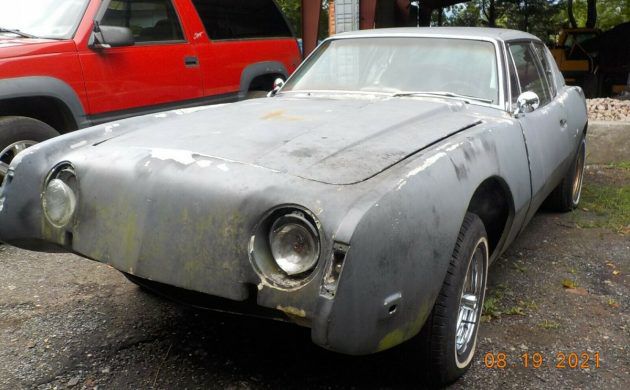
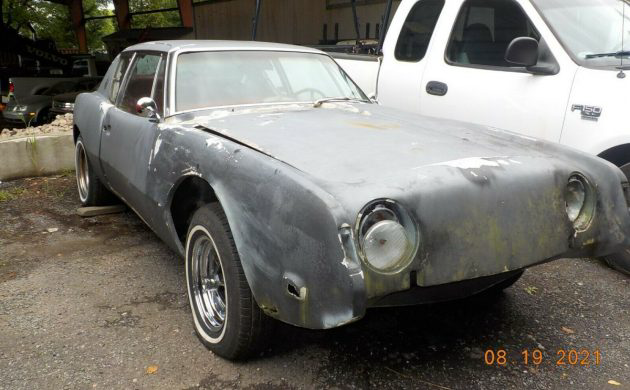
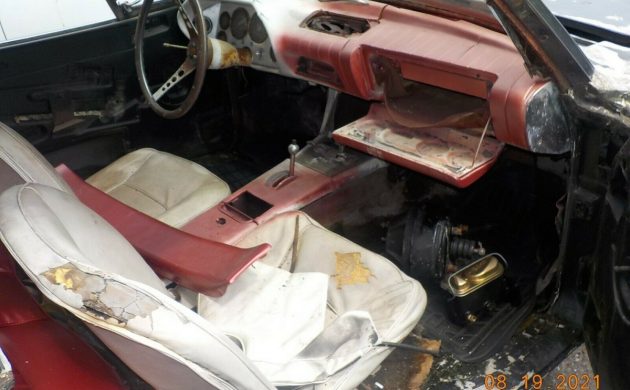
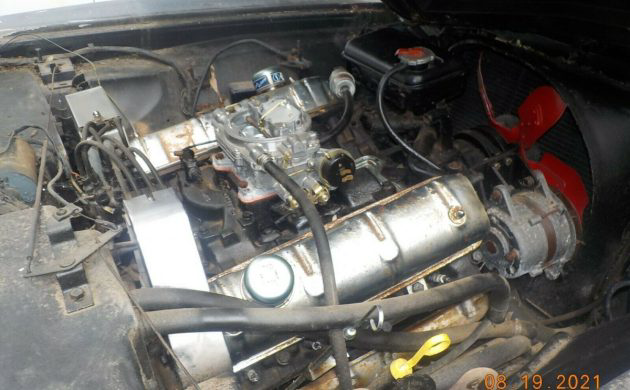
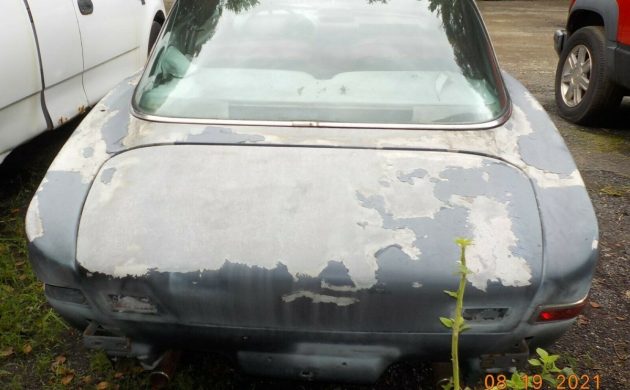

Unlike the rusted out and gutted ’66 Chevy also on the same page, there’s something to work with here, something unique, and best of all for a lot less money.
Realizing how scarce these are, it’s WAY too nice to tear apart as a parts car!
A cheap Avanti is the most expensive car you can buy.
What a shame to let such a beauty come to such a sad ending. Why on earth would anyone let this happen?
Funny it’s now listed with a BIN of $6500 ?